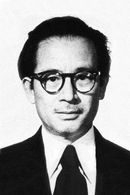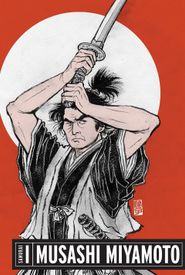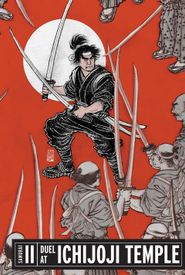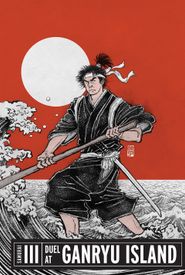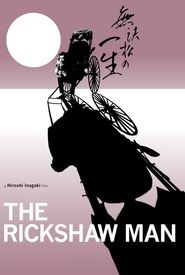Akira Inagaki's cinematic journey began in the early days of Japanese film, as a child actor, starring in numerous silent films. This early start likely contributed to his rapid promotion to director at the remarkably young age of 22.
Inagaki's collaboration with producer Mansaku Itami, who would later become the father of renowned director Juzo Itami, focused on Japanese period films. He also wrote similar scripts under a pseudonym for director Sadao Yamanaka, whose work, along with Inagaki's and Itami's, significantly influenced Kenji Mizoguchi and shaped the period film genre.
Throughout his career, Inagaki directed numerous period films, including two versions of Chushingura and the Oscar-winning Samurai (1954),released as Miyamoto Musashi in Japan. Despite his success, Inagaki grew increasingly disillusioned with his assignments over the years.
Although he was proud of his final effort, Furin Kazan (Samurai Banners, 1969),he struggled to secure financing in the conservative 1970s Japanese film industry. Like Akira Kurosawa, Inagaki was relegated to the sidelines, as his style of filmmaking was deemed too expensive to produce.
In his despair, Inagaki turned to alcohol, which contributed to his lonely and painful death. Despite this, he often mentioned that only a handful of his films truly reflected his creative vision, including the Samurai trilogy (1954-1956) and Furin Kazan.
While opinions may vary, many of Inagaki's other works remain estimable, such as Nippon Tanjo (1959) and Muhomatsu no Issho (The Life of Matsu the Untamed, 1958).
Akira Inagaki's life and career were marked by both triumph and struggle, leaving behind a lasting legacy in Japanese cinema.
